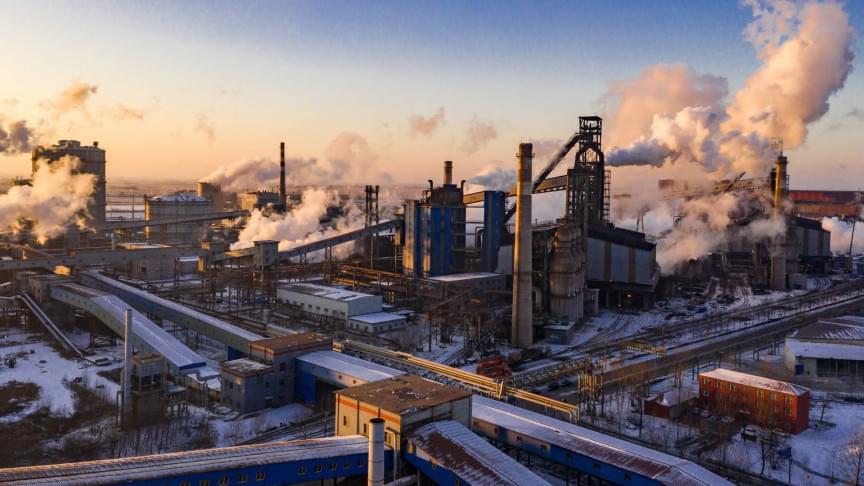More than 6.5 million jobs have come back in the past year, one of the greatest employment rebounds in U.S. history.



Catriona Campbell, a UK-based artificial intelligence expert, argues we could soon be raising artificially intelligence virtual children inside the metaverse.
She dubs these hypothetical offspring “Tamagotchi children,” in a reference to the popular virtual pets from the 1990s.
In her new book “AI by Design: A Plan For Living With Artificial Intelligence,” The Telegraph reports, Campbell argues that these virtual kiddos could be an environmentally friendly and cheaper answer to overpopulation and limited resources.




An Apple Watch owner has created a complication and watchOS app that works with a glucose monitor, so they can keep track of their blood glucose level from their wrist.
Numerous rumors have claimed Apple is actively working on some form of glucose monitoring sensor for the Apple Watch, but has so far yet to add it to the wearable device. In the case of one Apple Watch owner, they managed to hack together their own solution.
The project, outlined by Harley Turan, effectively takes the data from a continuous glucose monitoring system and imports and interprets it in a way that it can be viewed on an Apple Watch. In doing so, the project creates a reasonably low-cost solution for the problem.


For all the fuss it caused, it is only about a foot high.
The “door” was imaged by NASA’s Curiosity rover on May 7 on the slopes of Mount Sharp, the central massif within Gale crater, where it landed in 2012. Described on one website as a “pharaonic tomb door” because of its resemblance to some ancient Egyptian remains, it is, in fact, only about one foot high.
It is hard to spot on the panoramic image mosaic of the hillside above, but it leaps out at the eye if you see the individual frame where it occurs, as seen below. It does look like a doorway until you realize how small it is. And if you boost the contrast in the dark parts of the image, the picture just about reveals a solid rock face at the back of the shadowed interior. So as a gateway into the hollow hills of Mars, it doesn’t lead very far.
Nobody with even a little geological experience is likely to mistake the feature as a “door.” A geologist would note the thin and slightly sloping repeated layers of sandstone making up the whole of the rock face and would immediately expect that they were looking at the eroded remains of hardened sand dunes. These once covered the stream and lake sediments that Curiosity examined earlier in its gradual climb up through the layers of sedimentary rock making up Mount Sharp.

Ars Technica’s Chris Lee has spent a good portion of his adult life playing with lasers, so he’s a big fan of photon-based quantum computing. Even as various forms of physical hardware like superconducting wires and trapped ions made progress, it was possible to find him gushing about an optical quantum computer put together by a Canadian startup called Xanadu. But, in the year since Xanadu described its hardware, companies using that other technology continued to make progress by cutting down error rates, exploring new technologies, and upping the qubit count.
But the advantage of optical quantum computing didn’t go away, and now Xanadu is back with a reminder that it still hasn’t gone away. Thanks to some tweaks to the design it described a year ago, Xanadu is now able to sometimes perform operations with more than 200 qubits. And it has shown that simulating the behavior of just one of those operations on a supercomputer would take 9,000 years, while its optical quantum computer can do them in just a few-dozen milliseconds.
This is an entirely contrived benchmark: Just as Google’s quantum computer did, the quantum computer is just being itself while the supercomputer is trying to simulate it. The news here is more about the potential of Xanadu’s hardware to scale.